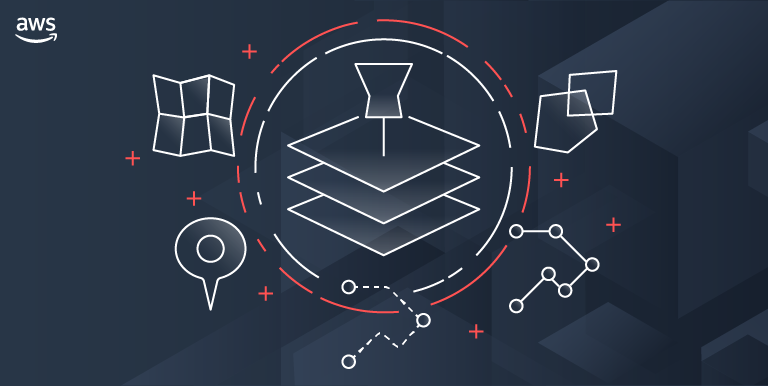Unraveling the Basics: A Simple Guide to Using Amazon Location Service in AWS
 Sumit Mondal
Sumit Mondal
Introduction:
In the ever-evolving world of cloud computing, Amazon Web Services (AWS) continues to unveil new services that empower developers to create innovative and location-aware applications. One such offering is the Amazon Location Service, which enables developers to integrate location-based features into their applications effortlessly. In this blog post, we'll take a step-by-step approach to demystify the process of using Amazon Location Service in AWS.
Understanding Amazon Location Service:
Amazon Location Service is a fully managed service that makes it easy for developers to add location-based features, such as maps, geocoding, and tracking, to their applications. Leveraging widely used mapping providers, including Esri and HERE, it allows you to focus on building great location-aware applications without the complexity of managing infrastructure.
Getting Started:
Sign in to AWS Console: Begin by logging into your AWS Management Console. If you don't have an AWS account, you can create one by following the simple on-screen instructions.
Navigate to Amazon Location Service: Once logged in, find the Amazon Location Service in the AWS Console. Click on the service to get started.
Create a New Resource: To begin using Amazon Location Service, you need to create a new resource. This resource represents a container for your location-based data and configurations.
aws location create-place-index --index-name MyPlaceIndexReplace "MyPlaceIndex" with a name of your choice.
Define a Geofence Collection: Geofences are virtual perimeters around a location. You can create a geofence collection to group related geofences together.
aws location create-geofence-collection --collection-name MyGeofenceCollection --pricing-plan RequestBasedUsageHere, "MyGeofenceCollection" is the name of your geofence collection.
Create a Tracker: A tracker monitors the position of devices and can be associated with a specific device or user.
aws location create-tracker --tracker-name MyTracker --pricing-plan RequestBasedUsageReplace "MyTracker" with your desired tracker name.
Examples of Usage:
Now that you've set up your resources, let's look at some basic examples of how you can use Amazon Location Service:
Geocoding: Convert an address into geographic coordinates.
aws location search-place-index-for-position --index-name MyPlaceIndex --position "latitude":47.6062,"longitude":-122.3321Reverse Geocoding: Retrieve an address based on geographic coordinates.
aws location search-place-index-for-text --index-name MyPlaceIndex --text "Space Needle"Adding Geofences: Create a geofence within your collection.
aws location create-geofence --collection-name MyGeofenceCollection --geofence-id Home --geometry "POLYGON((-122.33535766601562 47.61196039204893,-122.33535766601562 47.61329489296606,-122.333984375 47.61329489296606,-122.333984375 47.61196039204893,-122.33535766601562 47.61196039204893))"
Conclusion:
In this blog post, we've covered the basics of using Amazon Location Service in AWS. From setting up resources to practical examples, you should now have a foundational understanding of how to integrate location-based features into your applications seamlessly. As you explore further, you'll discover the versatility and power that Amazon Location Service brings to your projects, enabling you to create location-aware applications that engage and delight your users. Happy coding!
Subscribe to my newsletter
Read articles from Sumit Mondal directly inside your inbox. Subscribe to the newsletter, and don't miss out.
Written by

Sumit Mondal
Sumit Mondal
Hello Hashnode Community! I'm Sumit Mondal, your friendly neighborhood DevOps Engineer on a mission to elevate the world of software development and operations! Join me on Hashnode, and let's code, deploy, and innovate our way to success! Together, we'll shape the future of DevOps one commit at a time. #DevOps #Automation #ContinuousDelivery #HashnodeHero